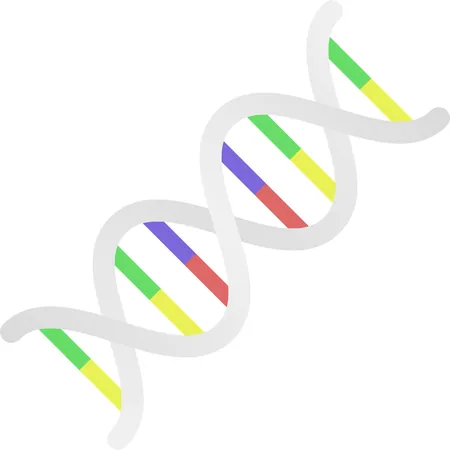
Breakthrough in Identifying New mRNAs Could Pave the Way for Neurodegenerative Disease Treatments
2024-12-19
Author: Yu
Introduction
Neurodegenerative diseases, which cause progressive brain deterioration, have long posed significant challenges for both understanding and treatment. Millions around the globe are affected by conditions such as Alzheimer's, dementia with Lewy bodies (DLB), and Parkinson's disease (PD), yet despite ongoing research, effective therapies remain elusive.
Research Breakthrough
A team of scientists at Sanford Burnham Prebys, led by Dr. Jerold Chun, has made strides in unraveling these challenges by employing cutting-edge sequencing technologies to delve into the complexities of mRNA variations linked to these devastating diseases. In their latest publication in eNeuro, the researchers revealed new insights from combining both short-read and long-read sequencing methods at the single-cell level, identifying key differences in mRNA expression across various neurodegenerative conditions.
Role of Isoforms
Isoforms, or alternate versions of mRNA produced from the same gene through a process known as alternative splicing, play a crucial role in how cells function. The researchers applied single-nucleus RNA sequencing (snRNAseq), a technique that isolates the nuclei of individual cells, thus enabling a clearer analysis of RNA compositions devoid of interfering cellular material. This method has established itself as the gold standard for examining single-cell transcriptomes within the human brain.
Limitations of Short-Read Sequencing
However, Chun and his team recognized the limitations of short-read sequencing, which typically analyzes only 100 to 150 base pairs at a time. To capture a broader spectrum of genetic information, they incorporated long-read sequencing—capable of reading between 5,000 to 30,000 base pairs—which bypasses the need for mapping against a reference genome.
Study Details
The study analyzed over 165,000 cells harvested from post-mortem brain samples of 25 individuals afflicted with either AD, DLB, or PD, alongside control samples from healthy donors. The combination of both sequencing methods led to the discovery of numerous new mRNA sequences from the targeted 50 genes previously associated with these neurodegenerative diseases, findings that had eluded earlier studies.
Insights on mRNA Isoforms
Dr. Christine Liu remarked on the breadth of novel mRNA isoforms uncovered. Many of these new transcripts appeared to represent the majority of total isoforms identified for certain genes, even those not substantially different in existing short-read data.
Unidentified mRNAs
These groundbreaking results emphasize that a staggering three-quarters of the mRNAs in the brain transcriptome remain unidentified—a notion supported by a 2021 study that detailed the presence of hundreds of thousands of new mRNA transcripts. This prompts further questions about the functional role of these newly identified isoforms and their potential contributions to disease pathology.
Future Implications
The implications of these findings are profound. Chun expressed hope that the revelation of new mRNA isoforms could lead to the development of novel proteins, providing fresh avenues for targeted therapies for neurodegenerative diseases. The prospect of transforming previously undetected molecular targets into viable treatment options is a tantalizing possibility for millions grappling with these conditions.
Conclusion
As researchers continue to explore the implications of their findings, an exciting era of neurodegenerative disease research is dawning, holding promise for innovative treatments that could alter the course of these life-altering diseases.




 Brasil (PT)
Brasil (PT)
 Canada (EN)
Canada (EN)
 Chile (ES)
Chile (ES)
 España (ES)
España (ES)
 France (FR)
France (FR)
 Hong Kong (EN)
Hong Kong (EN)
 Italia (IT)
Italia (IT)
 日本 (JA)
日本 (JA)
 Magyarország (HU)
Magyarország (HU)
 Norge (NO)
Norge (NO)
 Polska (PL)
Polska (PL)
 Schweiz (DE)
Schweiz (DE)
 Singapore (EN)
Singapore (EN)
 Sverige (SV)
Sverige (SV)
 Suomi (FI)
Suomi (FI)
 Türkiye (TR)
Türkiye (TR)